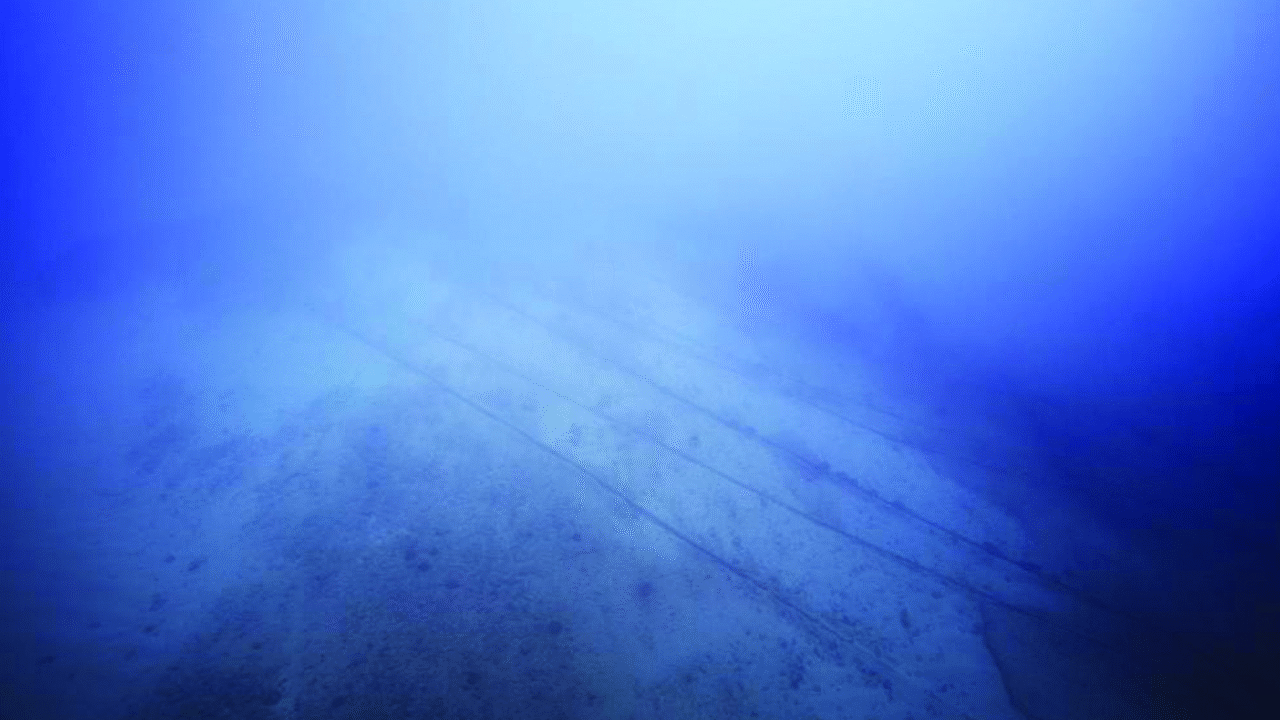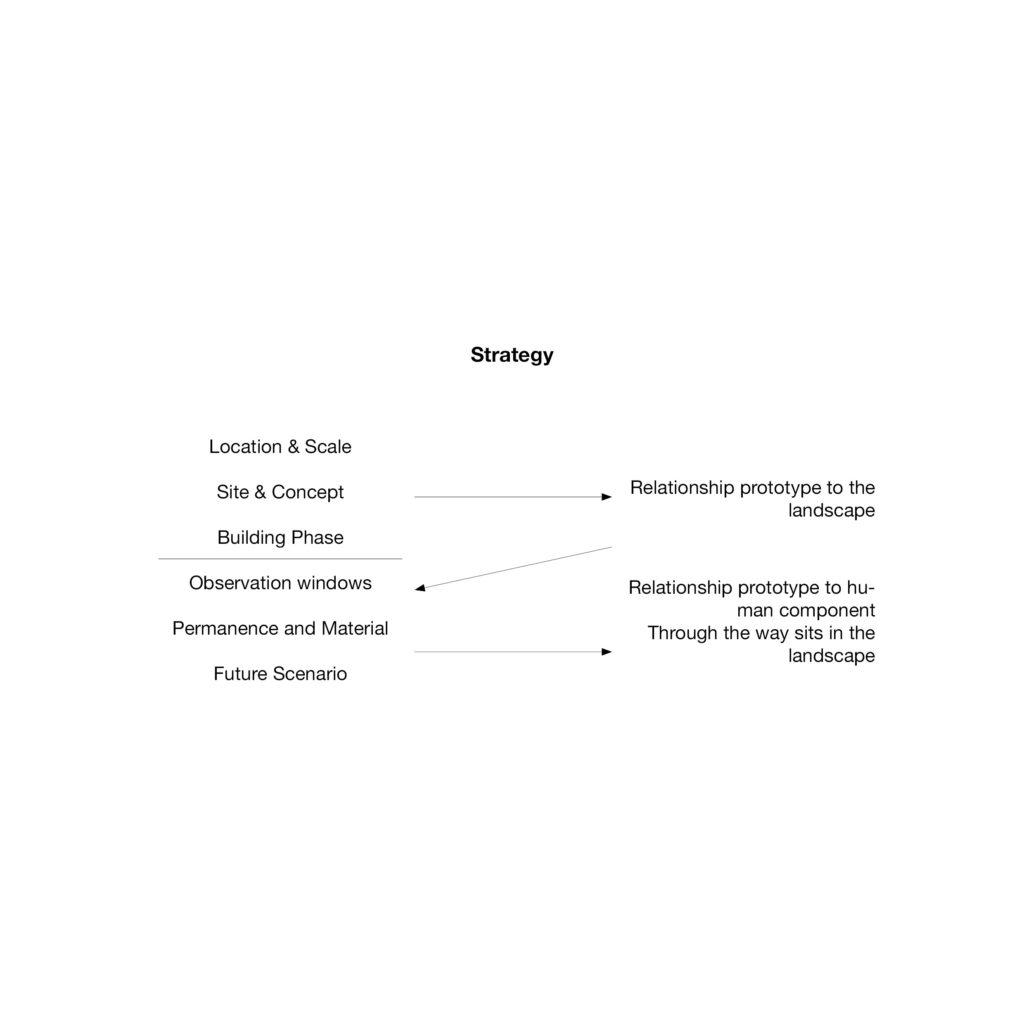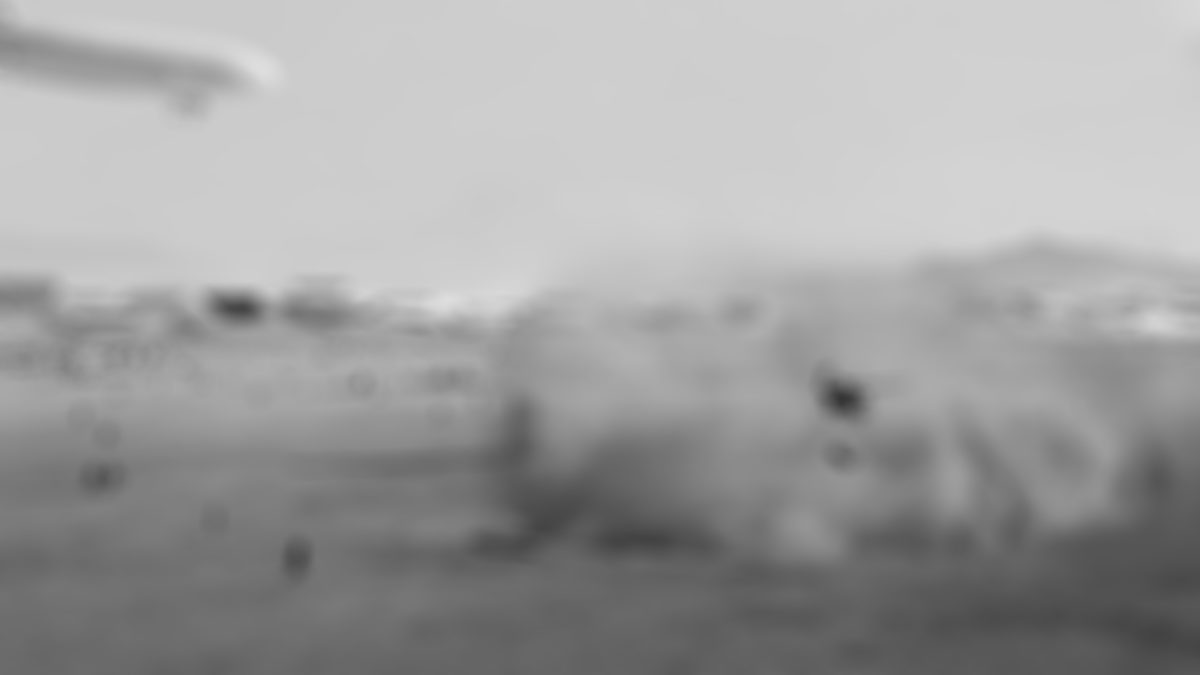Student: Ayoub Chkairi
Supervisor & Co-Supervisor: Jonas Lundberg & Jonas Runberger
Examiner: Kengo Skorick
Introduction
Every minute 574.500 pictures are shared, 4.000.000 videos streamed, 16.000.000 text messages sent by more than 3.7 billion internet users which creates daily more than 2.5 quintillion bytes of data. Indeed, more than 90 per cent of the world’s data was generated in the last two years which assigns the era we are living in the title of the information age.
Shaped constantly by our culture, data, algorithms and the “cloud” where everything is stored and kept safe, these are ubiquitous to a planetary scale regardless of geographies, political borders or cultural conditions of any kind. The virtual footprint of our culture is evident and unquestionable, but still invisible to the human eye, an abstract idea with no shape or presence and becomes inevitable to ask ourselves: what does it look like to give the virtual a physical form?

Every produced data is stored within giant slabs sitting in the remote territories of the countryside. Most of these are data centres and they are becoming the defining cultural constructions of our age when our collective history is digital, yet (almost) deprived of human presence. A type of building which sits at the core of what it does mean to exist today, but which excludes us.
Vision
This thesis aims to prototype an alternative form of server farm with the purpose to bridge the gap between human and machine component through the way it intervenes in the landscape.
The design is meant to celebrate the importance of these infrastructures as a highly symbolic component in the landscape and suggest an architecture which establishes a new relationship with the occasional visitor by delivering a human-based experience.
Strategy
Due to the nature of the topic and possible scenarios that can be envisioned from it, this thesis operates within the spectrum of research by design for speculative architecture. The design process is driven by a counter-factual narrative that attempts to answer “what might happen if” the server farm relates differently to the landscape and the human component, and the use of cognitive estrangement – a form of a narrative characteristic of science fiction – to explore how this condition is preserved or changes in a future scenario. The fictional narrative is encoded with available theoretical sources which help both to make more targeted assumptions and inform the design process in terms of program, scale and how these infrastructures relate with the vast landscape of the countryside.

